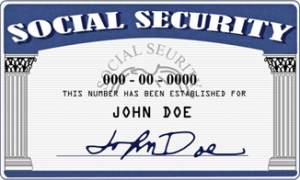SS Requirements when a claimant files for bankruptcy
If the representative knows that the claimant or beneficiary has filed for bankruptcy and that representative is due a fee, the representative should notify Social Security about the claimant or beneficiary’s bankruptcy filing.
When Social Security receives notice of the bankruptcy action, we stop all actions to:
- Approve or disapprove a fee agreement;
- Set the amount of the representative’s fee based on a fee petition or an approved fee agreement (either initially or in response to a request for administrative review from a proper party); or
- Pay an authorized fee from past-due benefits to a representative who is an attorney or an eligible-for-direct-payment no-attorney.
The automatic stay that follows from the bankruptcy proceeding merely suspends the adjudication or collection of the debt. The stay does not automatically eliminate the debt.Social Security will delay taking any other action on the fee request until the bankruptcycourt provides instructions.
Once the bankruptcy court has released the claimant from the debt to the representative,Social Security cannot pay a fee directly to the representative. If SocialSecurity through administrative error pays a fee directly to a representative after the release of the debt by the bankruptcy court, the representative must return the fee to us. If the representative does not return this fee to us, he or she may be in potential violation of 20 CFR 404.1740(c)(2) and 20 CFR 416.1540(c)(2), which prohibit the knowing retention of a fee for representational services in violation of applicable laws or regulations.
